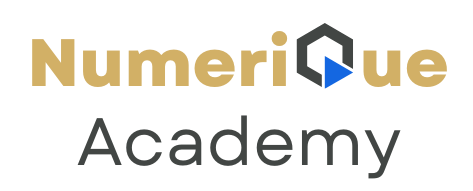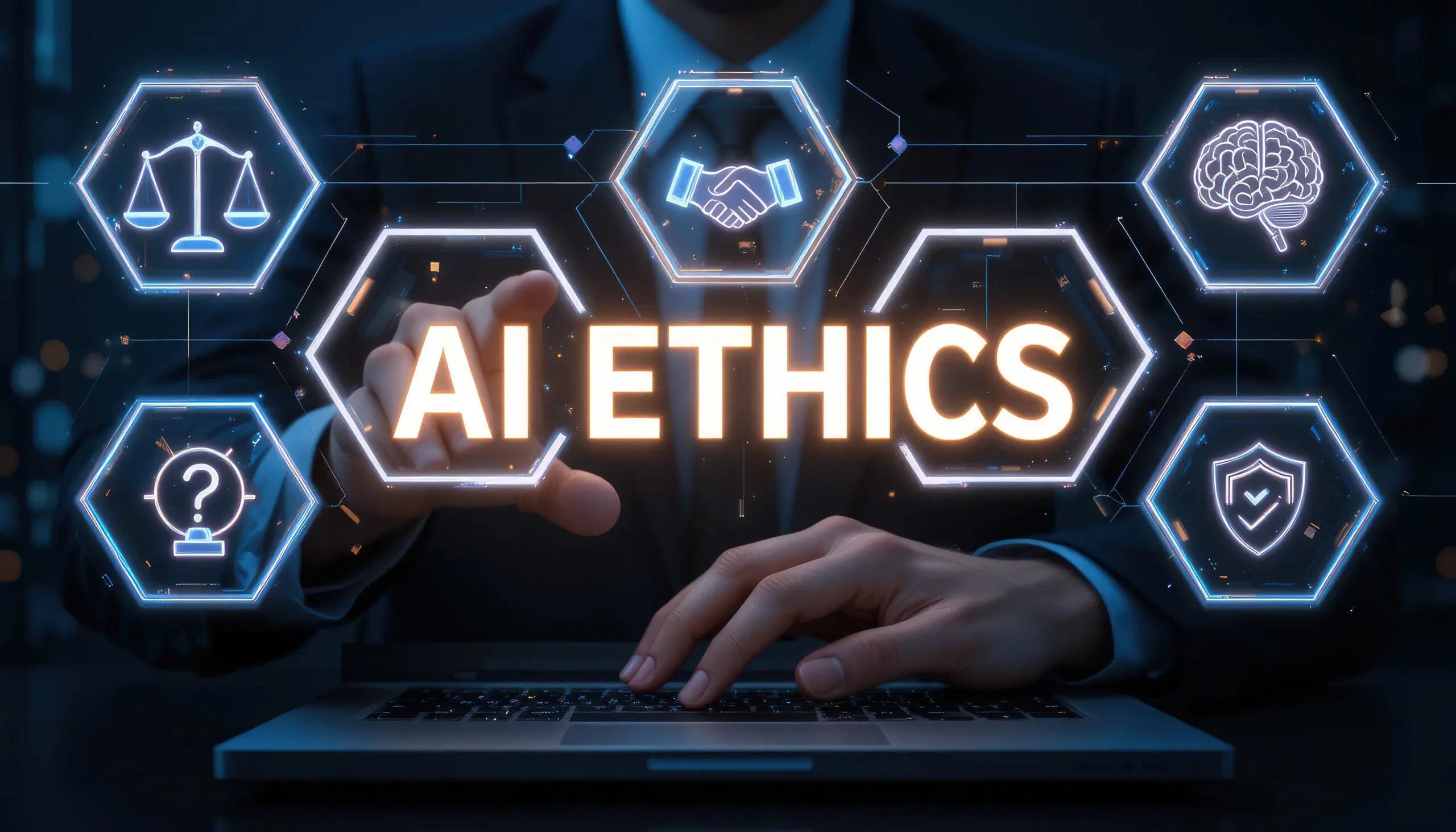Artificial intelligence (AI) tools are transforming industries, revolutionizing productivity, and unlocking new creative potentials. From chatbots and image generators to predictive analytics and decision-making assistants, these tools are becoming an integral part of modern workflows. However, with great power comes great responsibility—and AI is no exception. As these tools evolve rapidly, understanding their ethical implications is no longer optional; it’s essential.
In this article, we’ll explore the key ethical considerations surrounding AI tools, why they matter, and how individuals and organizations can adopt AI responsibly.
1. Data Privacy and Consent
AI systems often rely on large datasets to function effectively. But where does that data come from? Too often, it’s gathered without explicit user consent or adequate safeguards.
Key concerns:
- Personal data being scraped or used without permission.
- Inadequate transparency on how user data is stored or shared.
- Surveillance and misuse of behavioral data by third parties.
How to act ethically:
- Choose AI tools with clear data policies and opt-out options.
- Avoid uploading sensitive information unless privacy is guaranteed.
- For developers: Prioritize anonymized, consent-based datasets.
2. Algorithmic Bias and Fairness
AI learns from data—and if that data reflects societal biases, the AI can perpetuate or even amplify them. We’ve seen examples of AI tools generating biased hiring recommendations, facial recognition errors, and even offensive outputs from generative models.
Key concerns:
- Reinforcement of gender, racial, or cultural stereotypes.
- Discrimination in financial, legal, or healthcare applications.
- Lack of diversity in training data and development teams.
How to act ethically:
- Use tools that actively address and mitigate bias.
- Question AI outputs—don’t assume they’re neutral.
- Advocate for transparency in model training and evaluation.
3. Job Displacement and Workforce Impact
AI tools often automate tasks that used to require human input. While this can boost efficiency, it can also displace jobs—especially in industries like customer service, journalism, or design.
Key concerns:
- Mass layoffs or reduced human oversight.
- Deskilling of workers who become overly reliant on AI.
- Increased economic inequality and digital divides.
How to act ethically:
- Use AI to augment human roles, not replace them outright.
- Offer training and upskilling opportunities for affected workers.
- Build AI strategies that support long-term human-AI collaboration.
4. Deepfakes, Misinformation, and Content Authenticity
AI-generated media—especially text, audio, and video—has exploded in popularity. While this enables creativity and efficiency, it also raises concerns about fake news, impersonation, and manipulation.
Key concerns:
- Creation of deepfakes used in scams or political propaganda.
- Fabrication of academic or journalistic content.
- Loss of trust in media and public information.
How to act ethically:
- Label AI-generated content clearly and accurately.
- Use tools that detect or watermark synthetic content.
- Educate users and audiences about how AI can be used to mislead.
5. Dependency and Dehumanization
As AI tools become more intelligent and accessible, users may rely on them too heavily—delegating not just tasks, but thinking and decision-making.
Key concerns:
- Reduced critical thinking or creativity.
- Emotional detachment in human interactions (e.g., AI therapists or friends).
- Ethical ambiguity in life-altering decisions made by algorithms.
How to act ethically:
- Treat AI as an assistant, not a replacement for judgment.
- Maintain human oversight, especially in sensitive areas like healthcare or justice.
- Encourage digital literacy that promotes conscious use of technology.
6. Intellectual Property and Ownership
AI tools often generate content—text, code, images—that closely mimics human work. This raises questions around originality, copyright, and fair use.
Key concerns:
- AI models trained on copyrighted material without credit or payment.
- Users publishing AI-generated work as original human content.
- Disputes over ownership of AI-assisted creations.
How to act ethically:
- Understand the training sources and usage terms of AI tools.
- Attribute clearly when using AI-generated content.
- Support creators whose work has been used to train AI systems.
Conclusion: Responsible Use Is Everyone’s Job
AI tools are not inherently good or bad—it’s how we use them that defines their impact. As users, developers, and educators, we have a shared responsibility to use these tools ethically, hold creators accountable, and ensure that technology serves humanity—not the other way around.
By understanding the ethical challenges of AI and acting with awareness, we can harness its potential while minimizing harm. The future of AI is being shaped now—let’s build it on a foundation of fairness, transparency, and human dignity.

